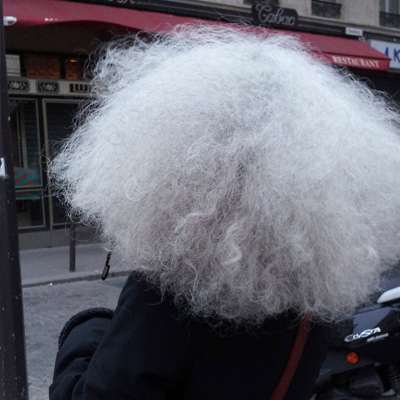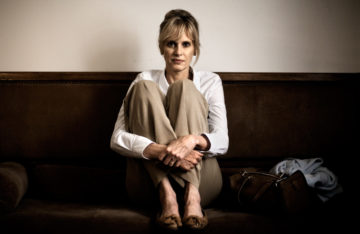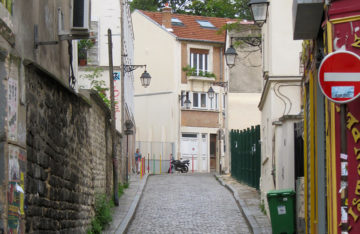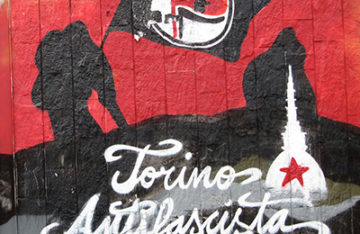
Extract
“Who hasn’t dreamt of eating clouds at least once? In the same way many countries have dishes and pastries named after or in the shape of the ‘moon’, ‘stars’ and ‘bolts of lightning’ (alas, nobody knows what they really taste like), the desire to eat clouds seems to be met by creating these foods. Yet it could be fully satisfied by a bowl of wahn-tan, a type of ravioli in broth.
It is not just the shape of the ravioli floating in the broth that recalls clouds. Written in two characters, the name is immediately evocative: wahn means ‘cloud’ and tan signifies ‘to swallow’. Even without the ravioli, the surface of a consommé or a bowl of fresh water will reflect anything. All we have to do is choose a cloudy day when the clouds are clearly defined. It also works for the moon, the stars, a rainbow, a bird flying off in a bolt of lightning and the eyes of our loved ones.”
Our suggestion
In Manger fantôme [Eating a Ghost], a short text published by Argol (2012), Ryoko Sekiguchi recalls her passion for cooking and sensations that may make you feel like eating the “intangible”, for instance mist, clear skies and even more abstract notions such as descriptions, the indefinable and symbols.
The aesthetic taste of the Japanese with regards to food preparation and presentation is well known: everything is delicate and sophisticated. A certain softness can be perceived in the first chapters of the book, punctuated with anecdotes and references to classical Japanese writers who tackled the question of what it is to eat. Something diaphanous emanates from this poetry. Eating with chopsticks only heightens the ethereality of the combination of foods contained in the bowl or plate. The book carries on to the final and more worrying chapter, where the question of eating a ghost is brought to the fore…
Have you ever, during a holiday perhaps, tried a dish and completely ignored the description of ingredients? You weren’t able to guess the ingredients and nothing, not even the shapes, colours, tastes, smells and consistency would give the secret away. Perhaps you found out later, perhaps you guessed, it doesn’t matter: try to remember the moment when you had no idea what you were eating. Associate this moment with nature, with ideas and images. If the dish has a name in a language you don’t speak, write it down. It only adds to the sense of mystery. Send us your text (one page maximum).
Reading
Ryoko Sekiguchi is a Japanese writer living in Paris and now writing in French. Her novels are published by P.O.L. Her mother was a cook. She has always been fascinated by the processes involved in writing, as well as those in cooking. But food, a way of life and a source of pleasure, can also be a source of anxiety. After centuries of famine, our fear about food is no longer that we lack it (for Europe at least, although famine continues to be a daily struggle for millions of people across the world), but that we do not know what is in it, nor where it has come from and we therefore suspect that it is damaging our health. We find ourselves restricted to checking information provided on packaging. Gobbling up food full of pesticides or other dangerous and hence killer substances creates a fertile breeding ground for the major fears of modern society. We all remember the images of entire herds of animals being burned, recalling the plague epidemics from the Middle Ages: the slaughter caused by mad cow disease. So what is this “ghost”? It originates from the ground being filled with radiation following the nuclear disaster at Fukushima in March 2011. It consists of all the invisible yet toxic particles that were deposited over crops, making another ghost re-emerge, a ghost that is well-established in Japanese collective memory, although unspoken: Hiroshima. This ghost is unlike any other as it is “always there”. It can be stirred awake at any moment, even 30 years after the event, since its effect on our bodies, even after death, remain unknown. I hope you haven’t lost your appetite!
[4380 signs + photo © Françoise Khoury: «Candyfloss »]




